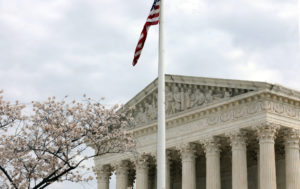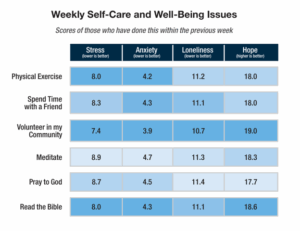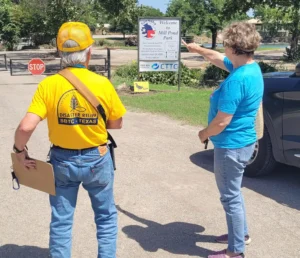
NASHVILLE, Tenn. (BP)–Baptists, much like everyone else, “are in the midst of a revolution.”
The revolution to which Morris H. Chapman, president of the Southern Baptist Convention Executive Committee, was referring is in cyberspace.
“And we must not be left behind — technically or spiritually,” Chapman said in his report during the opening session of the Executive Committee’s Sept. 20-21 meeting in Nashville, Tenn.
“We are working extensively to employ cutting-edge technology to expanding our Southern Baptist witness on the Internet,” Chapman said.
The SBC website is www.sbc.net.
Chapman said it has been “under construction,” in Internet lingo, “for some time. It is workable, but it is only the beginning.”
The website includes Baptist Press, the official news service of the SBC, which also has an e-mail distribution of 12,000-plus subscribers; the Executive Committee’s journal, SBC Life; and numerous resources related to the Cooperative Program, Southern Baptists’ unified giving channel, which is entering a “Partners in the Harvest” initiative with state conventions to celebrate the 75th anniversary of the CP’s founding in 1925.
Last June’s SBC annual meeting was broadcast live over the SBC Internet site using RealAudio and Video technology in partnership with the North American Mission Board, Chapman recounted. “We had over 4,200 ‘log-ons,’ including some from every state in the union and as far away as Australia and Germany,” Chapman said, noting the total number of individuals using the pioneering technology encompassed about 10,000.
“We want to multiply successes like this by systemically augmenting our site with new and helpful features,” Chapman said.
“The most ambitious of these is the development of a comprehensive database of Southern Baptist churches, their staffs, programs, services and locales,” he said.
“If we are successful, this database could be used to provide a seeker or a person new to the community with, for instance, not only the names of the nearest five or 10 Southern Baptist churches, but maps, distances and directions to each of them. Worship service times, pictures of their staffs and buildings, and ministries offered are but a few of the possibilities.”
Also, Chapman said, the database might be developed to include “an easy way in which a pastor can easily identify the churches in the community where members of his church are moving. This will allow him to contact one or more churches to say, ‘Here they come!’ It will allow one pastor to contact another pastor to say, ‘I have a member of my congregation in the hospital near you. Would you please have someone look in on them?’ Or he may say, ‘Family members of some of my church members live near your church and they have a need. Could you minister to them?’”
Chapman exhorted his hearers, “Keep accessing sbc.net. You will see a number of improvements and enhancements over the coming year.”













